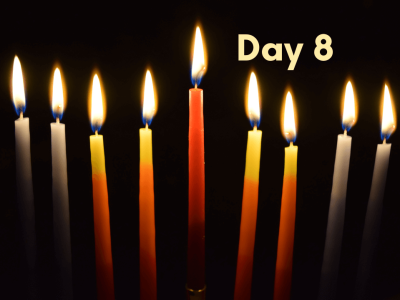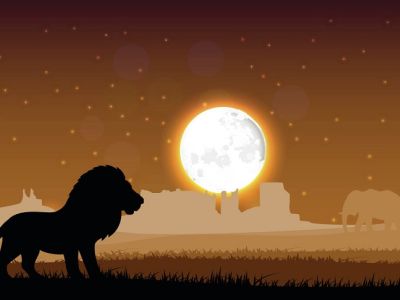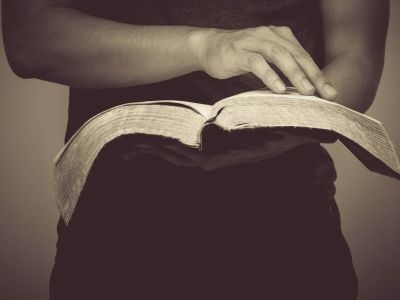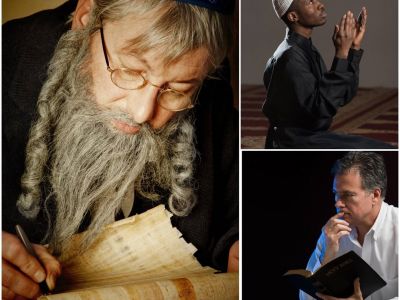The Real Meaning of Yom Kippur
The Real Meaning of Yom Kippur
Yom Kippur. The Day of Atonement. What does that really mean? When you pull back the veil behind the literal meaning of the words, what do they tell us? How does this day really affect and impact us today? Let’s take a closer look at it in the literal black text and from there we’ll let the Spirit open up the prophetic meaning of the highest holy day of the year.
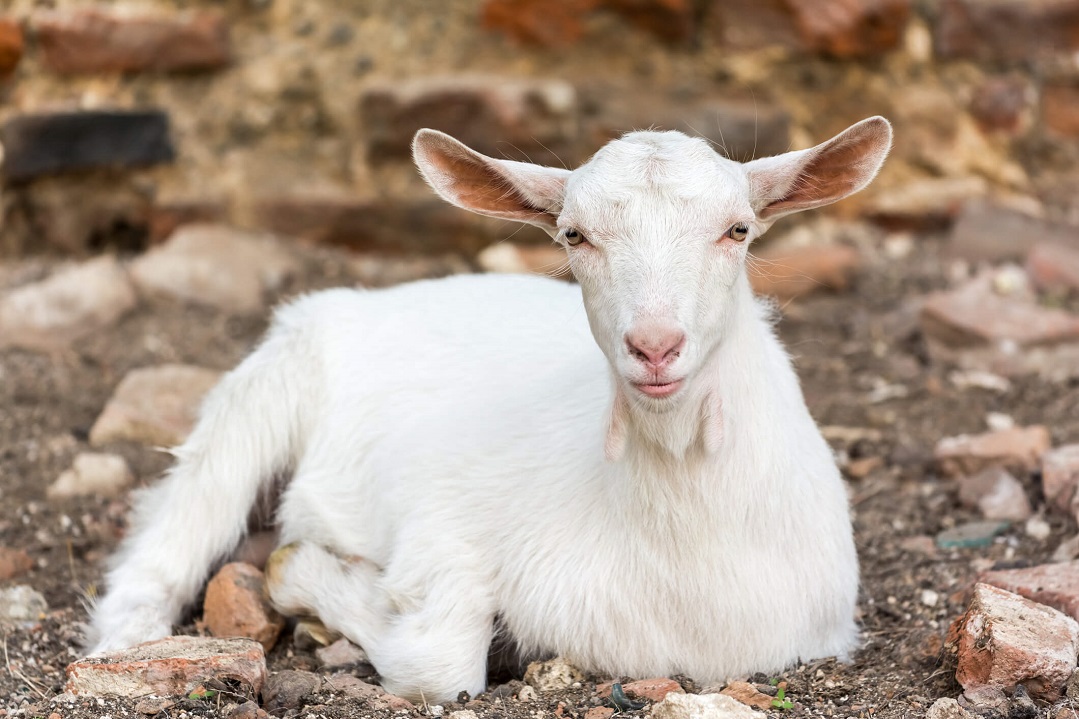
First of all, for those not familiar with the Feast Days of the LORD, let me back up and give you an extreme thumbnail overview. The seven feast days are split into two groups: the spring feast days and the fall feast days. The spring set is composed of Pesach (Passover), Unleavened Bread, Yom Bikkurim (First Fruits), and Shavuot (Pentecost) and are all about the First Coming of the Messiah. The fall set includes Yom Teruah (the Feast of Trumpets or Rosh HaShanah), Yom Kippur (the Day of Atonement), and Sukkot (the Feast of Tabernacles) and is all about His Second Coming. But every single one is all about Jesus the Christ (Yeshua HaMashiach in Hebrew). Yeshua died on Passover, was put into the grave during the feast of Unleavened Bread (when every Jew was removing leaven (sin) from his house), rose at exactly the same moment that the high priest was waving the first fruit barley offering and asking Yahweh for a great harvest in the fall, and the Holy Spirit came down on Shavuot (which just so happened to be the same day 1200 years earlier on which all of Israel received the Torah on Mount Sinai).
The first feast day of the fall is Yom Teruah, the Feast of Trumpets. His people are commanded to blow the shofar or trumpet, just like they did standing at the walls of Jericho. In Judaism this holiday is called Rosh Hashanah and is the head of the new civil year. It falls on the new moon of the seventh Hebrew month (Tishrei) and kicks off the rest of the feasts.
Yom Kippur is next, and we’ll go through a lot of detail about it in the coming paragraphs, but for thousands of years the high priest of Israel would go into the Holy of Holies and make atonement for both his sin and all the sin of Israel for the previous year. It was “Judgment Day.”
The final fall feast day begins five days after Yom Kippur. The Feast of Sukkot (Tabernacles) is a week-long feast celebrated by all Israel. In the past it was not only a celebration of the end-of-the-year harvest, but was also a commemoration of the fact that God tabernacled with men in the wilderness and the idea that our bodies were just temporary “tents” (which is what Sukkot means in Hebrew). Sukkot is also representative of the Marriage Supper of the Lamb and is connected to the ancient Hebrew wedding celebration. This amazing holiday begins the Millennial reign of King Yeshua.
Now let’s get back to Yom Kippur.
Amazingly, the Jewish Talmud itself says that forty years before the destruction of the Temple in 70 AD, the crimson cloth stopped turning white and the doors were found miraculously open. “Coincidentally,” forty years before the destruction of the Temple is when Yeshua became both the la Adonai goat and the scapegoat, fulfilling the Yom Kippur ceremony in every detail. He took the sins of the people on His shoulders, became the High Priest that officiated the ceremony, and laid down His life for Yahweh as the la Adonai goat. His pure incense prayer – “Father forgive them for they know not what they do” – became the dark cloud of glory that filled the air and brought about the earthquake that ripped the veil in half and opened up the Holy of Holies for all to see. Finally, the legitimate payment for the sin of Adam was made by the blood of a perfect Lamb. Judgment has been rendered and the way into intimate communion with the One behind the veil was paved.
This is the pure prophetic beauty of Yom Kippur. But what if there’s more? What if the Holy day didn’t stop with that life-changing sacrifice two thousand years ago? After all, even though Yeshua/Jesus fulfilled the prophetic picture of Yom Kippur, He actually died on Passover (not on Yom Kippur) and physically became the Passover Lamb. Yom Kippur is in the fall on the physical calendar, which means that it is connected to the Second Coming of Messiah. So how does it connect to the Second Coming? Well, in order to know how He connects both to Passover and to Yom Kippur, it’s important to understand what Yom Kippur actually means.
Yom is the Hebrew word for day. So that’s easy. Kippur (pronounced “kip-poor”) comes from the root word kaphar which has the exact same letters. Kaphar has two main definitions. It can mean “to cover” and it can mean “to cancel.” It can mean “to appease” and “to pardon.” It can carry the idea of to pacify as well as to completely reconcile. And although they each sound similar they are starkly different.
The entire sacrificial system was a system of covering. The blood of bulls and goats did not cancel or destroy the sin, only covered it.
Hebrews 10:4 “For it is not possible that the blood of bulls and goats could take away sins.”
In order for sin to be canceled and destroyed, the host that carried them would have to be of equal value to the one being ransomed and would also have to be destroyed. This is why Yahweh told the Israelites to let the Azazel goat go into the wilderness and did not instruct them to kill it. It was a prophetic foreshadowing that sin was only being temporarily removed from the camp and not being destroyed. On the other hand, because He was a man, Yeshua was of equal value and could pay for man’s sin because He had no sin Himself. So the Azazel “goat” could not only take the sin on his shoulders but could also be killed, taking the sin into death with Him. This act on the tree two thousand years ago killed the power of sin, canceling the debt for all who accept it completely. But it does not fulfill the definition entirely. For once a payment has been made, the new owner is supposed to take possession of the item that was purchased. This “taking possession” does not take place until He comes for His Bride in the Second Coming. It is His return for His Bride during the fall feasts that bring about this final redemption and the final fulfillment of kaphar. Atonement is always connected to redemption. They are parallel ideas. Yom Kippur is the final “Judgment Day” of the people on earth where His people are forgiven, redeemed, ransomed, and taken into His chambers for relationship and those who are not His are judged. This is not the same event as the Great White Throne Judgment that happens at the end of the thousand-year millennial reign, but is a separation judgment nonetheless.
But let’s dive deeper. Kippur and kaphar are both spelled kof, pey, resh. In the ancient Paleo hieroglyphic Hebrew language, where every letter was originally a picture before it morphed into the modern block letters, this word has tremendous meaning. The letter kof was a bent hand like a hand on the top of a head that is anointing someone. It means “an anointed hand, specifically the palm.” Pey was a picture of a mouth and still means that today in modern Hebrew. Resh was a picture of a head and also still has the same meaning of “head or beginning.” It’s also where we get the term “Rosh Hashanah,” the head or beginning of the new year. So when you put it all together, Kippur actually means “The anointed hand and mouth brings about a new beginning.” Or it could mean “The anointed hand and mouth bring about an anointed head.” In either case, we are getting a major glimpse into the true meaning of Yom Kippur.
Although Yom Kippur is definitely all about The Messiah, the deeper and original intent of Yom Kippur was to pay a ransom and redeem mankind. It was to set free by word and by deed, by mouth and by hand. It was the Word of God that came in the flesh. It was His Word that was spoken and brought the Universe into existence. But it was the nail through Yeshua’s anointed hand that gave all mankind a new beginning. It was the Word through the mouth of God and the blood that dripped from the hand of Messiah that allow those who believe to be given new beginnings and have their own heads anointed.
I am blown away by and continually grateful for the prophetic foreshadowing that all the above provides. But let’s go deeper still, past the theology, and get to the heart of the Father. He is not just trying to fulfill prophecy and show us amazing connections in His Word. He is a Father and we are His children. And a good father is always trying to teach his good characteristics to his children by example. With this in mind, what is Yahweh trying to teach His children through this word Kippur in all its fullness? If the two greatest commandments are to love God with everything in us and to love our neighbor as ourselves, then EVERYTHING He does will fit into those two categories. So how do we fit Yom Kippur into those two commandments? Let’s take a look at the meaning again and I think it will become clear.
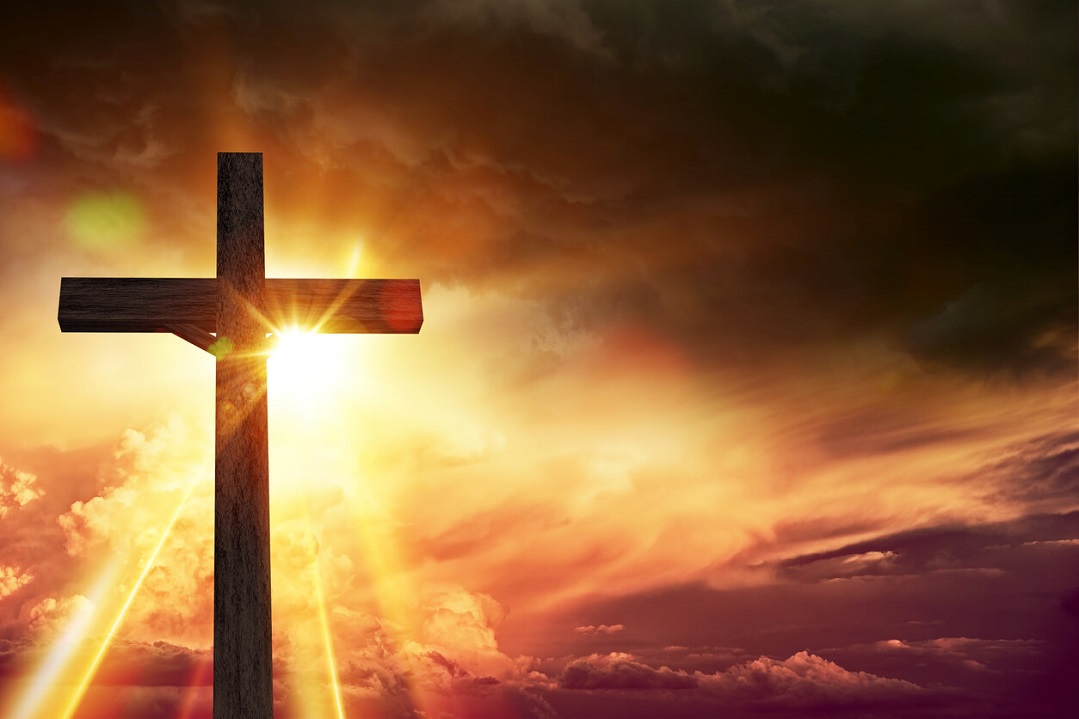
Kaphar means “cover, cancel, forgive, atone, purge, reconcile, cleanse, appease, put off, pardon, redeem and ransom.” Those words all deal with people. Yahweh is showing us how to deal with people. In scripture, we are commanded to forgive one another, to pardon one another, to cancel each other’s debts when we need to, to purge from our lives all bitterness and resentment, and to cover one another when we are found in sin. True love pays for someone’s debt without them knowing what you’re doing. Didn’t Yeshua pay for our debt without us knowing what He was doing until it was done? We are to reach out our HAND and proclaim with our MOUTH that we forgive one another, pardon one another, and cancel the debt toward one another. When we do this, it truly brings about the final letter in the word kippur, which is a NEW BEGINNING!
Yom Kippur is not just a reflection on our sin and what Christ did to set us free. It’s not just a day of fasting and prayer and getting right with God. Yom Kippur is a lifestyle. We should be atoning for others just like He atoned for us. Just like Christ, the Judgment belonged to His Father, but the action of forgiveness belonged to Him. We are to forgive and truly cancel others’ debts and let the Father do the judging. Perhaps He will bring restoration and perhaps the consequences of that sin will require a different outcome. In any case, we are to lay ourselves down on that cross and look for opportunities to truly be Christ for others. It’s easy to love those who love you. But who can love those who hurt you? This is what Yom Kippur is really all about.
In Matthew 18 there is a parable of the unforgiving servant who was forgiven a debt of ten thousand talents. After he was forgiven, he chose not to forgive the one who owed him a hundred denari and put him into prison instead. When the original master found out that this had happened, he called his former servant into his chambers and said, “You wicked servant! I forgave you all that debt because you begged me to. Should you not also have had compassion on your fellow servant, just as I had pity on you?” He sent the ungrateful man to the torturers until he could pay all he owed.
This story illustrates what a Yom Kippur lifestyle is really all about. There was a debt owed, a payment made, and a person ransomed out of prison. How often do we hold grudges, allow bitterness to eat us from the inside out, and hold others hostage in the prisons of our minds until they pay the debt they owe us? I know I have done this on more than one occasion. But let us not just celebrate Yom Kippur this year. Let’s LIVE the power of Yom Kippur each and every day of our lives, looking for opportunities to open prison doors and set the captives free. The hour of trial is upon the household of God right now. Will we release those we’re holding hostage or will we continue to demand payment for all they owe? Christ died for sinners. We are to be like Christ and need to die for those who have sinned against us. To live is Christ and to die is gain. Death rips the veil across our hearts and lets the love of God come flowing in. Forgive, pardon, die. That’s the power of Yom Kippur.
Shalom,
Jim Staley





